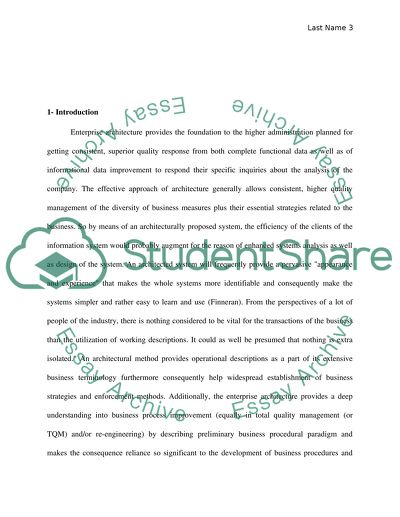Cite this document
(“EA frameworks Research Paper Example | Topics and Well Written Essays - 2500 words”, n.d.)
EA frameworks Research Paper Example | Topics and Well Written Essays - 2500 words. Retrieved from https://studentshare.org/miscellaneous/1571123-ea-frameworks
EA frameworks Research Paper Example | Topics and Well Written Essays - 2500 words. Retrieved from https://studentshare.org/miscellaneous/1571123-ea-frameworks
(EA Frameworks Research Paper Example | Topics and Well Written Essays - 2500 Words)
EA Frameworks Research Paper Example | Topics and Well Written Essays - 2500 Words. https://studentshare.org/miscellaneous/1571123-ea-frameworks.
EA Frameworks Research Paper Example | Topics and Well Written Essays - 2500 Words. https://studentshare.org/miscellaneous/1571123-ea-frameworks.
“EA Frameworks Research Paper Example | Topics and Well Written Essays - 2500 Words”, n.d. https://studentshare.org/miscellaneous/1571123-ea-frameworks.


